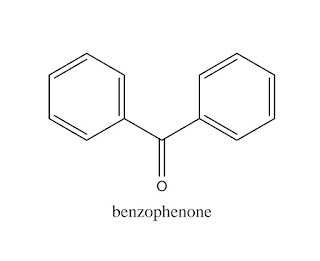Stabilizers
Stabilizers are used to prevent the degradation of a material due to high processing temperatures or to extend their life stability under degrading environmental conditions. The effectiveness of a stabilizer also depends on the presence of oxygen i.e. some are effective in its presence while other are less effective. The effectiveness of a stabilizer is very much dependent upon the grade of resin (degree of polymerization) in which they are compounded. Some stabilizers are highly effective in one grade of PVC but only moderate in another. A judicious choice of stabilizers is therefore very important in the formulation of plastic. The presence of other additives such as plasticizers and fillers also sometimes strongly influence the efficiency of a stabilizer for e.g. Phosphates and chlorinated extenders often reduce the efficiency of a stabilizer. The major classes of stabilizers are mixed metal salt blends, organotin compounds, alkyl/aryl organophosphate, epoxy compounds, polyfunctional alcohols etc.
Light Stabilizers
Light stabilizers are used to protect plastics, especially polyolefin‘s, polystyrenes, from discoloration, embrittlement, and degradation by UV light. The major classes of light stabilizers are:UV absorbers excited state quenchers, and free radical terminators.
UV absorbing materials
UV absorbing materials are the substances which give characteristic absorption peak in UV region. The commonly used UV absorbing materials are derivatives of benzophenones, benzotriazoles, phenyl esters, diphenylacrylates, which are added during the synthesis of plastic to protect them from degradation from sunlight and fluorescent light.“Benzophenones UV absorbers have been used for many years in polyolefin‘s, PVC, and other resins. Some important benzophenones are, 2-hydroxy-4-methoxybenzophenone, 2-hydroxy-4-n-octoxybenzophenone, 2, 4- dihydroxy-4-n-dodecycloxybenzophenone.
Benzotriazoles
UV absorbers are highly effective in high temperature resins such as acrylics and polycarbonate. Some important benzotriazole are 2-(2-hydroxy-5-methylphenyl) benzotriazole, 2, 2-(2-hydroxy-5-tert-octylphenyl) benzotriazole, 2-(32-tert-butyl-2-hydroxy-5 methylphenyl) -5 chlorobenzotriazole, 2-(32, 52-di-tert-butyl-22 hydroxyphenyl)-52 chlorobenzotriazole etc.
Benzoates and salicylates
such as 3, 5-di-t-butyl-4-hydroxy benzoic acid n- hexadecyl ester function by rearranging to 2-hydroxybenzophenone analogs when to UV light to perform as UV absorbers.Phenyl esters like 3, 5-di-t-butyl-4-hydroxybenzoic acid N-hexadecyl ester.
Benzoates and salicylates
such as 3, 5-di-t-butyl-4-hydroxy benzoic acid n- hexadecyl ester function by rearranging to 2-hydroxybenzophenone analogs when to UV light to perform as UV absorbers.Phenyl esters like 3, 5-di-t-butyl-4-hydroxybenzoic acid N-hexadecyl ester.
Diphenylacrylates
like Ethyl-2-cyano-3, 3-diphenyl acrylate, 2-ethylhexyl-2-cyano-3, 3-diphenyl acrylate.Nickel compounds are used as excited state quenchers and hindered amine light stabilizers (HALS) are used as free radical terminators.


